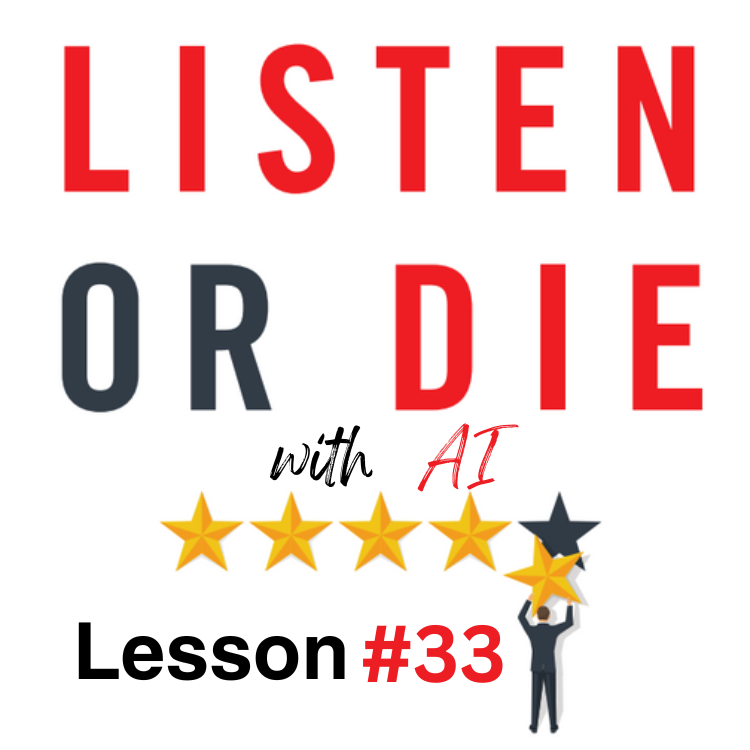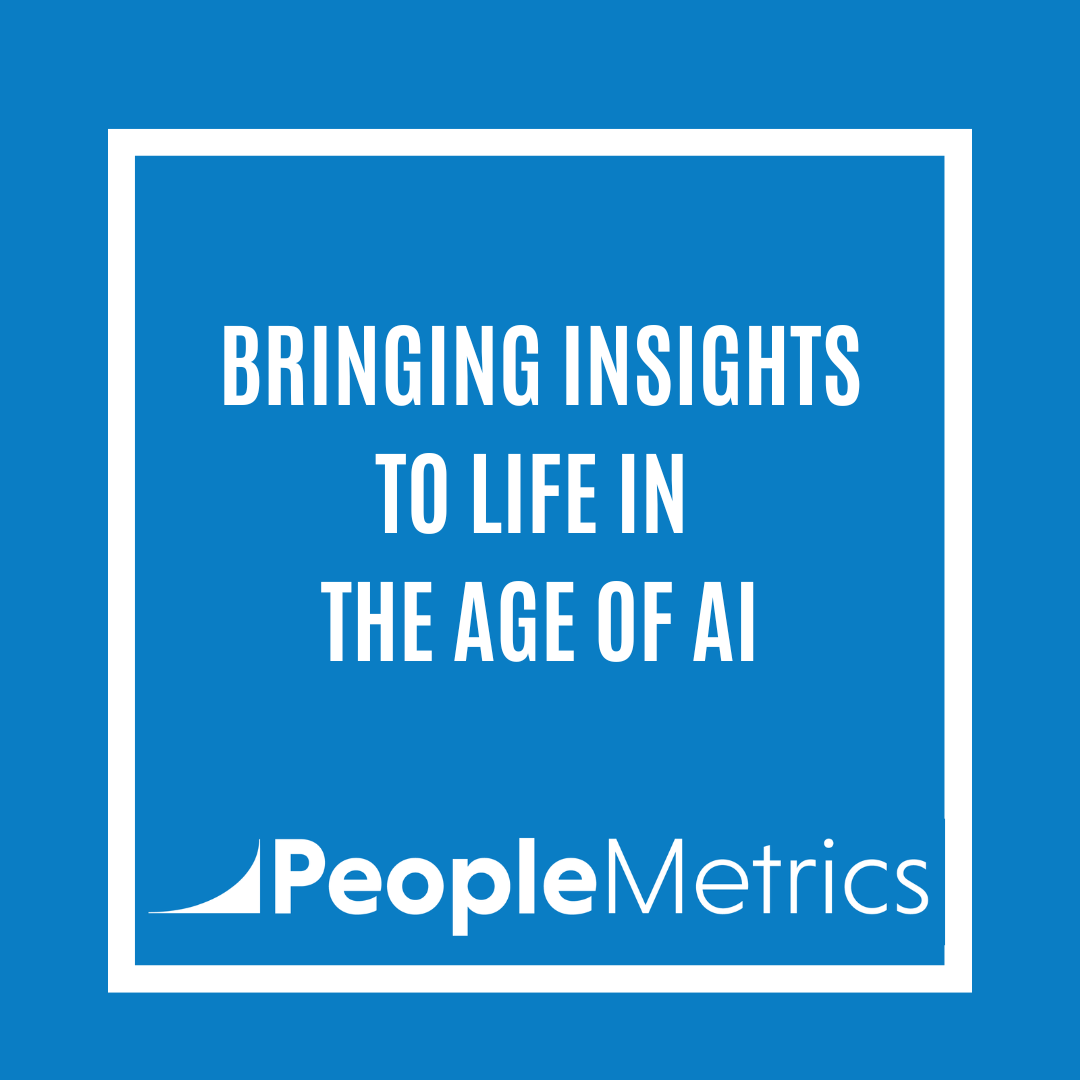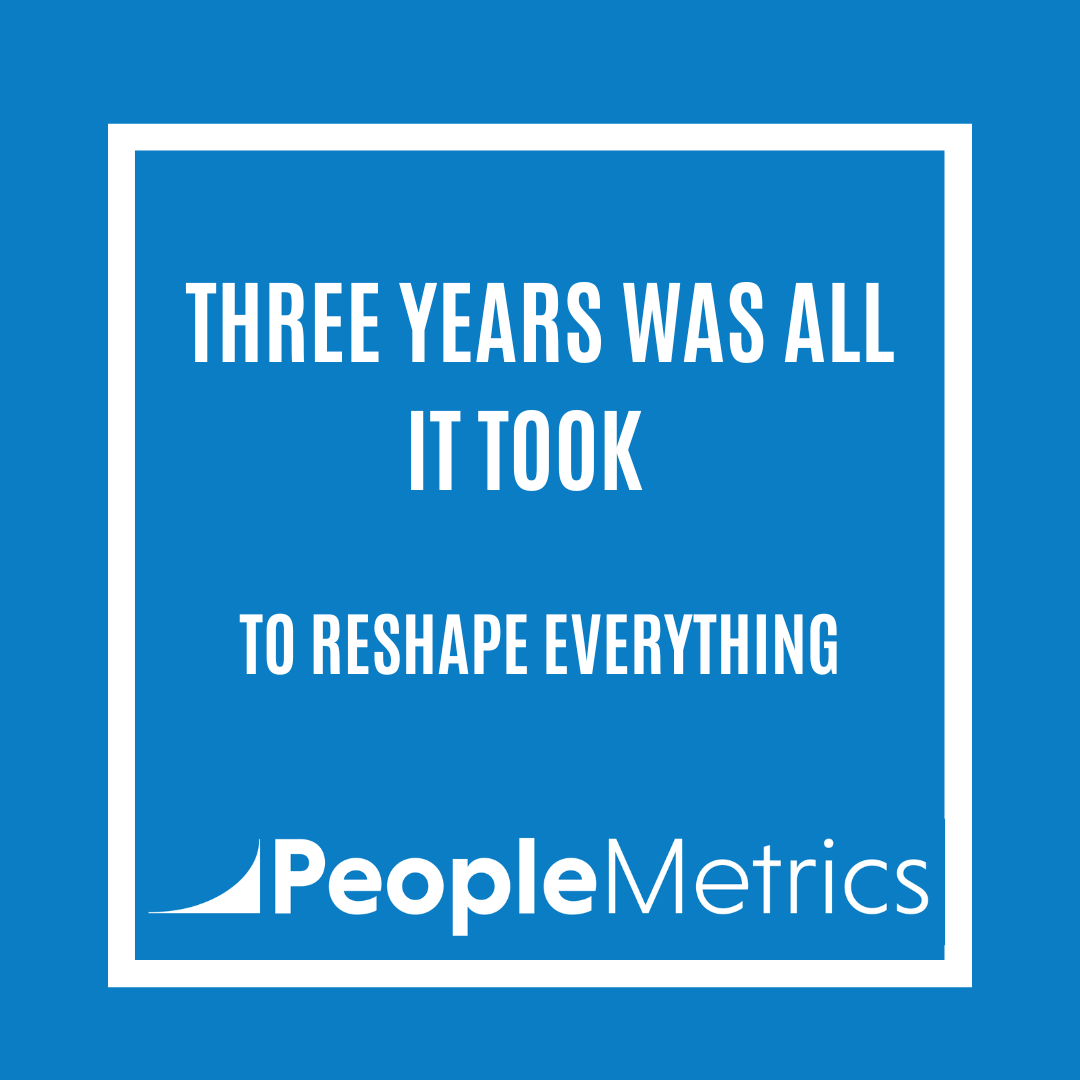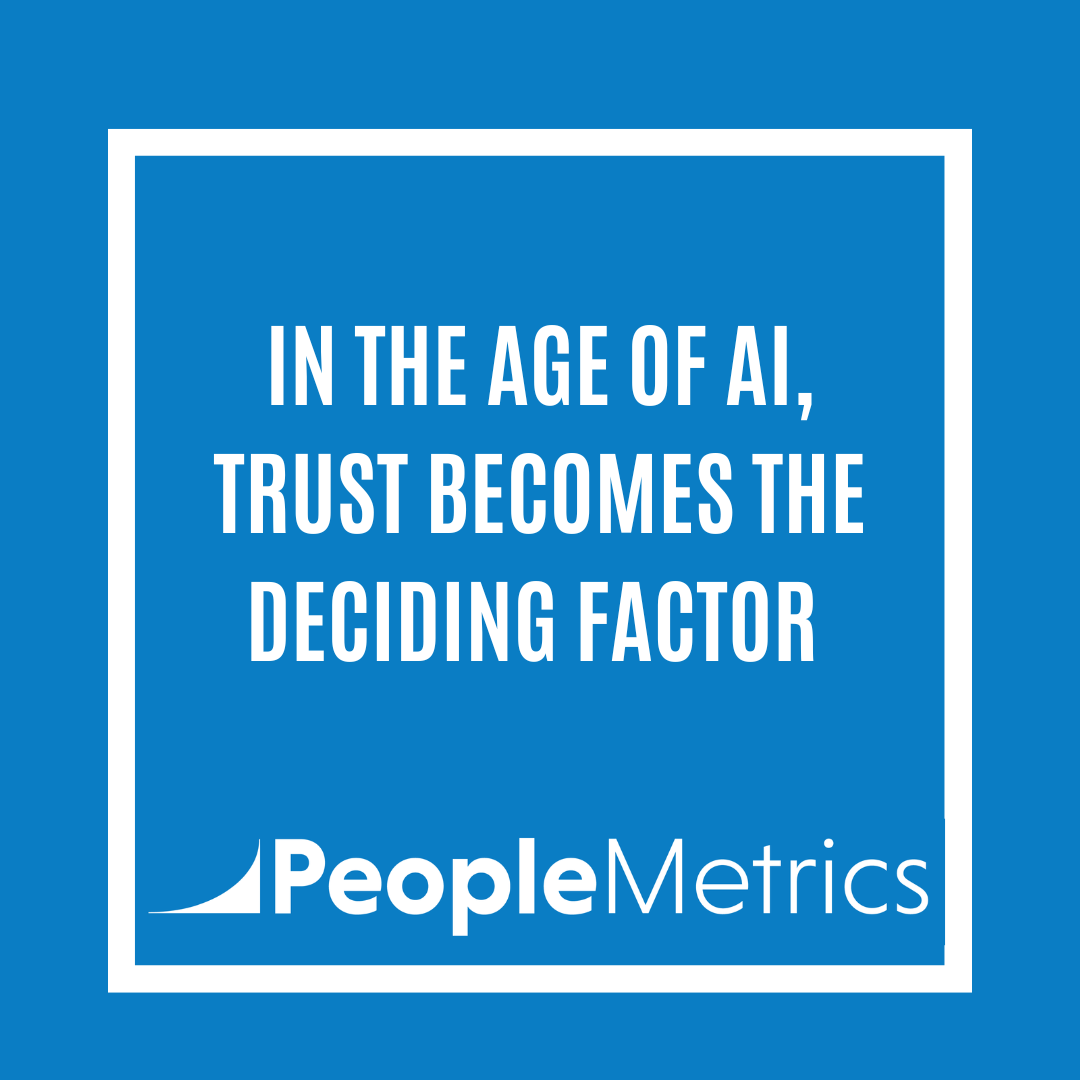It’s easy to think of VoC as a tool to put out fires—to identify what went wrong, who’s upset, and how to make it right.
And yes, recover alerts are essential. They help reduce churn, save relationships, and show customers you care.
But if that’s all your VoC program is doing, then it’s just a glorified complaint box.
The truth is, the real power of VoC kicks in when it becomes part of your culture—not just your operations.
That means shining a light on the good stuff, too.
The Case for Recognition
At PeopleMetrics, we’ve helped companies implement recognition alerts—those golden nuggets of feedback where a customer calls out an employee who went above and beyond.
When leveraged properly, these alerts can be the foundation for something much bigger: a brand ambassador program.
Here’s how it works. On your transactional VoC survey, include a question like:
“Did anyone go out of their way to provide an exceptional experience during your visit?”
Then ask who it was and what they did. That feedback becomes a trigger for a recognition alert—and that’s where the cultural shift begins.
Some of our clients turn these into formal awards.
At PeopleMetrics, our Brand Ambassador Awards go to frontline employees who rack up the most recognition alerts.
Simple. Powerful. Effective.
Why This Matters
Employee engagement and customer experience are two sides of the same coin!
When employees feel seen and appreciated—especially because of customer feedback—they become more motivated. That energy shows up in their work. Everyone wins.
Even better? When you take it one step further.
“Pay It Forward”: Recognition, Backstage
In some organizations, recognition has been taken to the next level with a Pay It Forward concept. In professional services, the people dealing with clients (the “front stage”) are supported by a whole army of behind-the-scenes players (the “backstage”).
The idea is simple: when a front-stage employee gets recognized by a client, they can then recognize a backstage colleague who helped make that great experience possible.
With the right VoC platform (shameless plug: ours does this seamlessly), this kind of internal recognition becomes second nature.
You create alignment across teams—and suddenly, delivering a great customer experience feels like a team sport.
What About AI?
Has AI changed this part of VoC? Not really. And that’s okay.
Recognition is still fundamentally human. A customer has an exceptional experience with another human being, and they take the time to say something about it. No AI required.
That said, AI can help you spot patterns in recognition alerts—like identifying top-performing employees or common behaviors that drive delight. It can even help cluster feedback, so you know which gestures (like walking a guest to the elevator or remembering someone’s name) are worth replicating company-wide.
But at its core, this lesson isn’t about tech. It’s about heart.
The Takeaway
Don’t let your VoC program become synonymous with “what’s broken.”
Build in opportunities to celebrate what’s working—and the people making it happen. It’s the secret to creating a customer-centric culture that sticks.
Your Turn
Is your VoC program celebrating your people—or just pointing out problems?
I’d love to hear how you’re using positive feedback in your organization. Do you have a recognition program tied to VoC? Have you tried something like Pay It Forward?
Drop a comment or send me a message—I’m always curious to learn how others are bringing CX culture to life!





